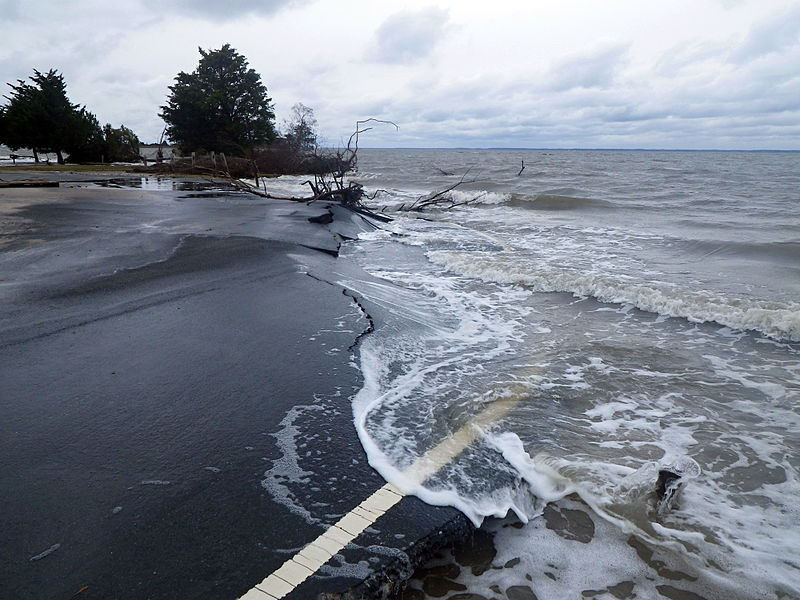Predictive Policing Software: Using Big Data & Algorithms to Fight Crime
Two primary crimes in cities are theft of items from inside vehicles and auto burglary. Police know that assaults occur most frequently between 3:00 AM and 7:00 AM when streets are vacant. Residential burglaries occur during daytime hours when residents are not home and “driving under the influence” (DUI) crimes occur most frequently in areas with a large number of bars or liquor stores. But how do police use this information to stop crime?
Computer scientists are finding that the use of “predictive analytics software” is allowing them to anticipate future events based on variables including past crimes locations, times, weather patterns, the stages of the moon, and more.
To accomplish this, Santa Clara University mathematicians, social scientists and criminologists have “tweaked” software developed to predict earthquakes so that it now crunches social and crime data to predict the location of future crimes. IBM has been developing software for the same purpose since 2010.
Reductions in Crime Levels in Just Six Months
Predpol is now being used by police officers in Los Angeles and Santa Cruz, California. Ample data exists on past crime locations, times and frequency and like a school of sharks, police are deployed into areas computer algorithms predict will see a rise in crime. These areas are called “predictive policing zones.”
Like all SAAS, the Predpol team constantly improves this crime prediction and adaptive learning software by integrating user information from the field, adding new data sets, and providing increased functionality.
Being in the Right Place at the Right Time
After just six months of use, police have seen crime rates in certain areas decline by 10% as they are now finding themselves in a better position to intercept crimes as they happen, or scare off would be perpetrators, cutting costs and making officers more productive as they patrol their beats.
“Hotspotting” by Algorithm
An older method of rooting out crime is called “hotspotting”, where police are deployed to “hotspots”; this method that relies on statistics and location. The difference is computer software can track many more variables and analyze more data than a simple mapping system. According to Predpol, its software predicts 260% more crime correctly than hotspotting.
There is some disagreement about the effectiveness of Predpol, so we’ll have to see what the data shows over longer periods of time and use in more places before we get an idea of just how effective a tool it is.
Related articles on IndustryTap:
- Fighting Gun Violence With New Acoustic Gunshot Detection Technology
- New Tech Uses Plants, Bags to Eavesdrop
- FireCast Predictive Analytics: Where Is The Next Fire Likely To Be?
References and related content:







